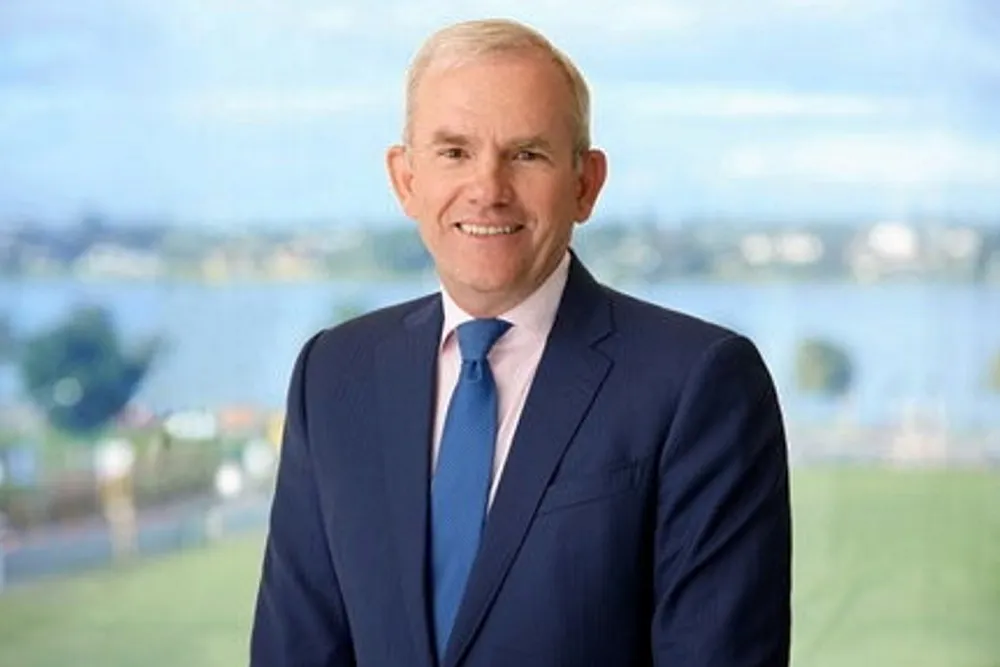Fortescue seeks government help to reduce power prices for stalled 500MW green hydrogen project in Australia
Australian H2 developer has already delayed final investment decision three times on landmark Gibson Island project

Australian H2 developer has already delayed final investment decision three times on landmark Gibson Island project
